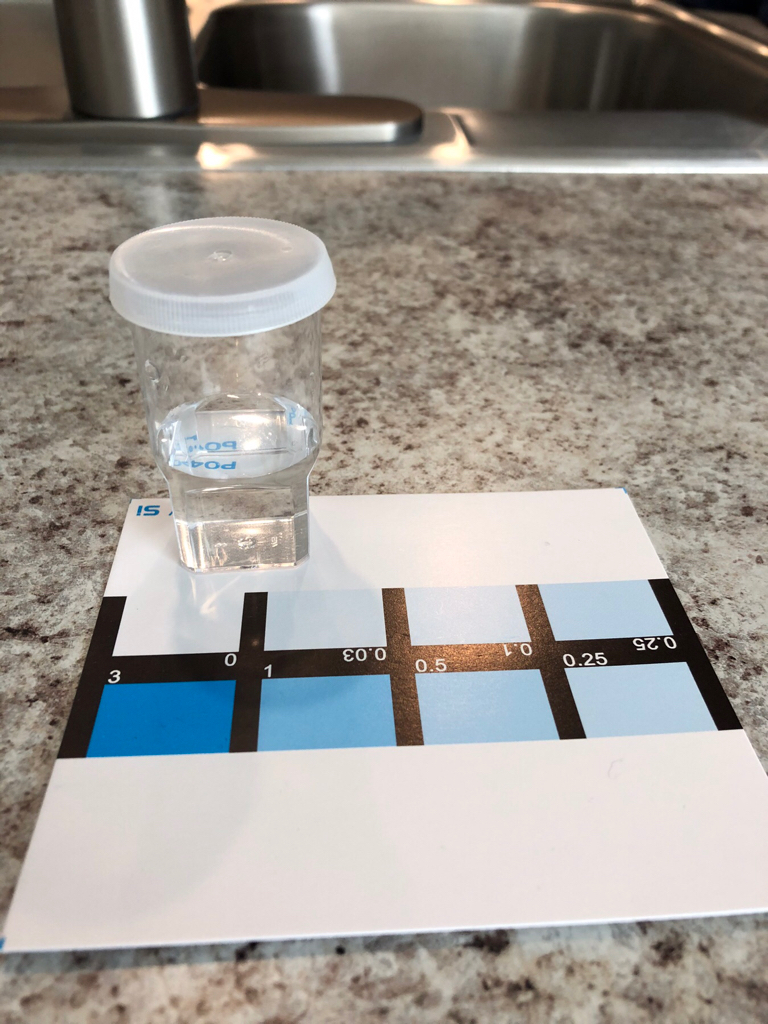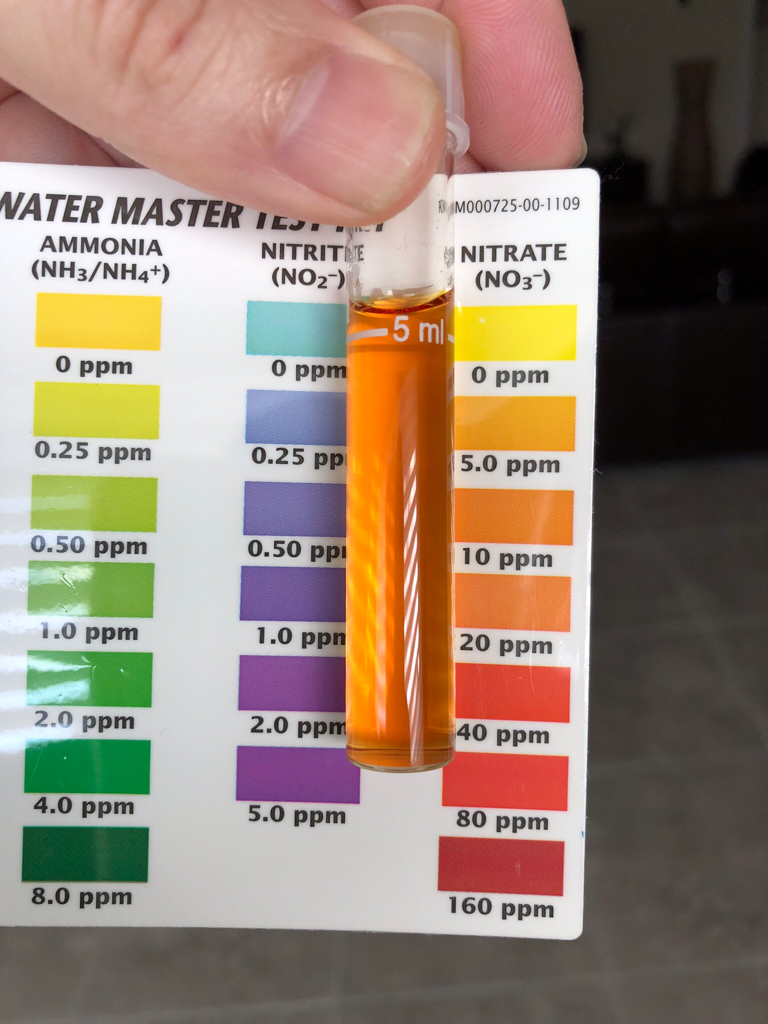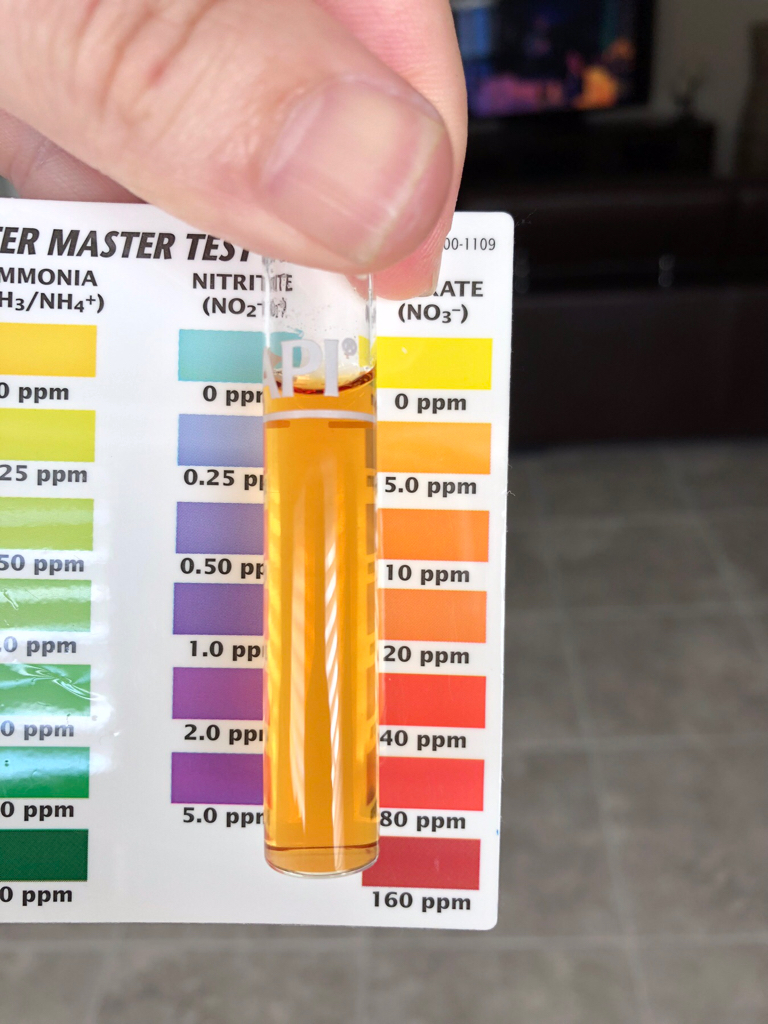- Joined
- Feb 9, 2018
- Messages
- 518
- Reaction score
- 208
2-7-19
Cleaned my JBJ 45 pulling out by hand as much GHA as I can and then scrubbing the rocks with a toothbrush while in the tank. I also performed a 10% water change right after cleaning the tank.
2-17-19
Algae is back. Scrubbed tank again and performed a 15% wc.
Moved hermits out of tank in order to stock up on a better CUC (hermits keep eating all the snails)
Tested nitrates and phosphates. Here are the results............
Salifert phosphate test kit results

API kit. Holding the test tube against the color chart

Same test. Holding the test tube away from the color chart

Somebody help!!!!!!
Cleaned my JBJ 45 pulling out by hand as much GHA as I can and then scrubbing the rocks with a toothbrush while in the tank. I also performed a 10% water change right after cleaning the tank.
2-17-19
Algae is back. Scrubbed tank again and performed a 15% wc.
Moved hermits out of tank in order to stock up on a better CUC (hermits keep eating all the snails)
Tested nitrates and phosphates. Here are the results............
Salifert phosphate test kit results

API kit. Holding the test tube against the color chart

Same test. Holding the test tube away from the color chart

Somebody help!!!!!!



















